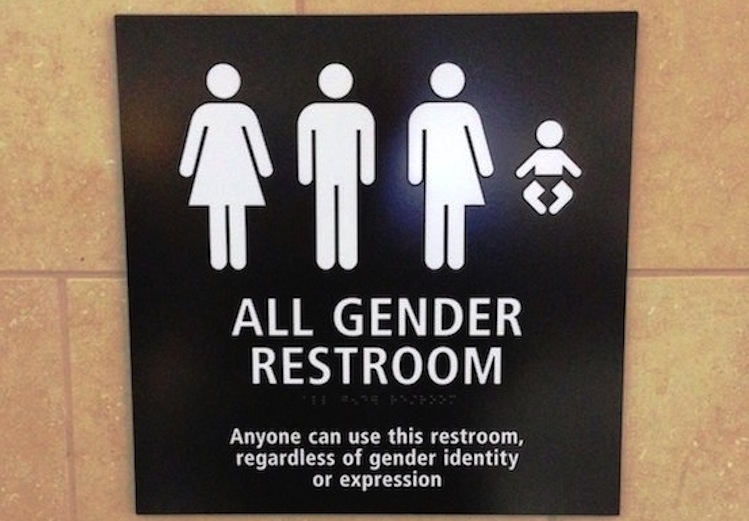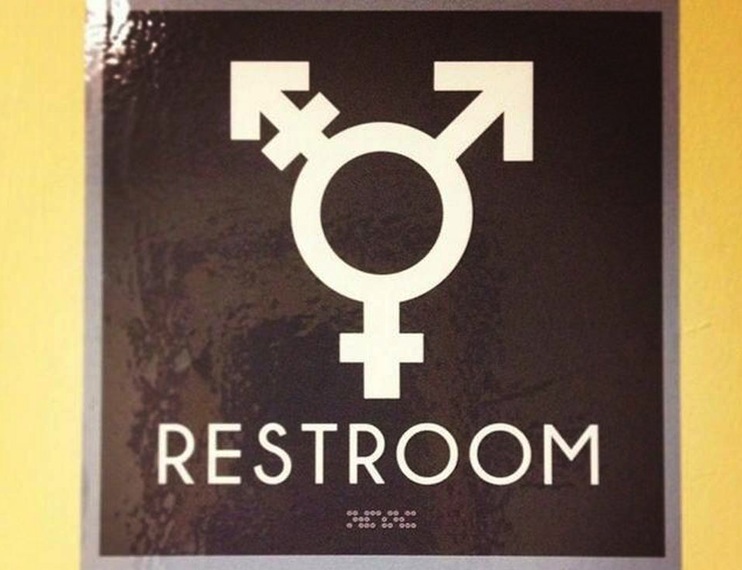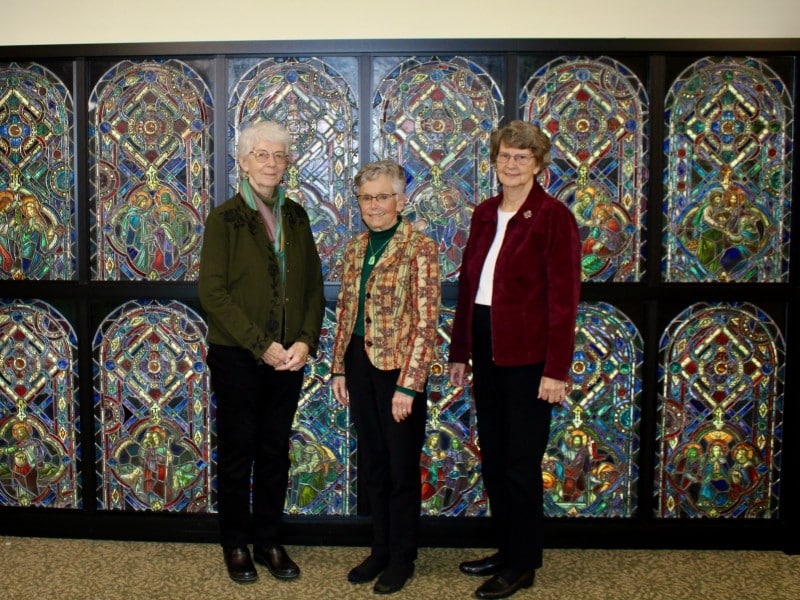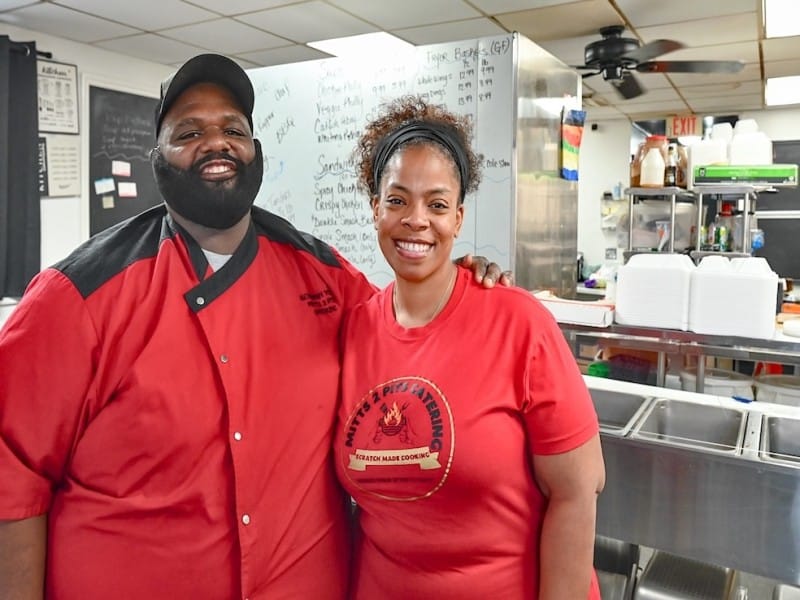How the state’s action supporting LGBTQ students could impact kids in Kalamazoo
Natalie is a 15-year-old transgender girl at Loy Norrix. She knows all too well the kinds of commentary that comes up when issues of inclusion for the LGBTQ community are addressed. Natalie transitioned from identifying as male to identifying as female in the eighth grade. She says that time in middle school was the hardest because she endured merciless bullying. Now, she says, she still gets bullied a little bit, but mostly, she says, she feels respected by the students at her school.
In some ways, Natalie is fortunate. Her high school has an established Gender and Sexuality Alliance (GSA) student organization that has 15-25 students in attendance each week. Her GSA is staffed by supportive advisors, who admit to listening more than talking, in order to learn from their students. She has teachers and staff who support her identity by calling her by her chosen name and who use the pronouns she asks them to. Sure, she’s had to remind a couple here and there, but on average, she says, that’s not the case.
Even so, Natalie absolutely sees the need for the guidelines now being considered by the Michigan State Board of Education. They would be suggested — not mandatory — guidelines that school districts could adopt on creating safe and supportive learning environments for LGBTQ students. Ever since the State Board of Ed has invited the public to weigh in with their thoughts about the proposed guidelines the commentary has devolved into lots of misguided rants about how supporting LGBTQ students violates the rights of the rest of the students and their parents.
When asked how she feels about the proposed guidelines Natalie says, “I’m trying to find another word for happy…. it makes me very happy.” She says, “People are afraid of change, they’re afraid of things that are different.” That, she says, is what makes people react strongly to things that they don’t understand. Things like which bathroom and locker room people use.
At Natalie’s school, she has access to two single-user bathrooms, one in the office, and the other, a handicap bathroom that isn’t very clean, in another wing of the school. This means that whenever Natalie has to use the restroom it takes her much longer than anyone else. In addition to a special bathroom, Natalie is also is relegated to a private changing room, rather than the general locker room. Sometimes students ask why she’s using a special bathroom, and she just tells them, “I’m transgender.”
Her preference would be to use the women’s restroom and locker room. And to those who raise an eyebrow to that, she says, “(you’ve) probably been in a normal bathroom with a trans person before,” and, she adds, “if they’re worried about what’s in my pants, I’m kind of worried about them.”
Kalamazoo Public Schools follow Title IX policy that prohibits discrimination on the basis of sex in any federally funded education program or activity. In addition, the district’s anti-bullying policy states that discrimination based on sex, gender identity and sexual orientation (among other things) are prohibited.
Fortunate to have allies
Sarah Leineke is a ninth-grade math teacher at Loy Norrix, and one of Natalie’s GSA advisors. She’s exactly the kind of ally a kid dreams of having in her corner. “I didn’t really even know that much about what it means to be trans and the trans experience and trans issues until even starting this year,” Leineke says. “And it’s really interesting how quickly we can change our mindset just by talking to people and listening to people.”
Leineke says she can understand where some parents are coming from in their frustration over some of the guidelines – particularly those that maintain student’s privacy over what information about their gender identity is shared with their families. But, she is also quick to point out the necessity of those guidelines.
“When they’re among their peers, it’s a safer place to play with those identities – among peers, their identities aren’t set in stone, they can figure things out about who they are, it is a more fluid idea – and it makes their identity more fluid.” She adds, “when you’re at home, people who’ve known you since you’re a baby, they’re going to have a relatively narrow view of who you could potentially be.”
And, she says, kids are afraid of facing the kinds of consequences of coming out at home that they see on TV and the internet. “There are consequences at school – of being who you are, of course, because kids can be awful sometimes, but consequences at home could be worse. They read about kids like them in the news and online.” On the other hand, she points out that, “A lot of parents would be pretty cool with it if their kids came out,” but, she says, “kids need to recognize that on their own. “
Leineke says that the draft guidelines are very progressive and it excites her but notes that they will not have an immediate impact. “It’s a guideline, not a requirement; it’s just a recommendation.” She says the biggest impact isn’t in the practicality of the guidelines implementation, but rather in the conversation it opens up – both nationwide and in our state.
Part of that conversation includes breaking down barriers that exist because of ignorance. Jay Maddock, Executive Director of the local Gay and Lesbian Resource Center, agreed to address some of the most common reasons for opposition found in the public comments section of the proposed guidelines in order to deconstruct some myths that persist around LGBTQ issues:
“Please just make another single bathroom for those who have the identity issue….”
JM: Unisex or single stall restrooms are a really great option for transgender individuals, gender non-conforming individuals, single parents with kid(s), adults with a disabled friend/family member who might need assistance and is of a different gender than themselves, and many other people. The reality is there are a plethora of reasons why a single stall bathroom is beneficial and preferable for lots of different people. However, transgender students should never be forced to use single stall restrooms, rather allowed to use the restroom that aligns with their gender identity.
“….it’s called reverse discrimination and we have rights, too…..”
JM: Reverse discrimination doesn’t exist. Furthermore, allowing people to use the restroom that aligns with their gender doesn’t take away anyone else’s rights.
“….Schools are not the place to teach about alternative lifestyles….”
JM: Schools are supposed to prepare our children to successfully exist in the world, it is in fact, the perfect place to learn about people who are different than ourselves.
“This law will provide a way for pervs who are really not transgendered to check out little girls!”
JM: There are zero cases of a transgender person attacking or harassing anyone in a bathroom. Allowing transgender people to use the restroom that aligns with their gender identity does not create a situation in which men could go into women’s restrooms–that is currently against the law and it will continue to be against the law.
“This is not right. People are born either boy or girl — that is how they should stay.” And “Gender imbalance should be treated, not rewarded.”
JM: First of all, nobody stays exactly how they were born. We grow and evolve as we age and learn about ourselves and our world. Sex and gender are different, and I think that’s an important distinction to make. Our sex assigned at birth is based on a doctor’s quick analysis of our anatomy (and also has to do with chromosomes, hormones, and anatomy, etc), whereas our gender is our own knowledge of who we are. For many people, the sex assigned at birth happens to align with their gender, but for some, it doesn’t. Humans are very complex individuals, in fact, sex is a much more complicated matter than we simplify it to be; XY chromosomes generally being considered male and XX chromosomes generally being considered female. There are people who have XXY chromosomes and XYY chromosomes, etc. Gender is also complicated and is culturally based in its interpretation. There is no treatment to “cure” transgender people and transgender people are not sick or mentally ill. Transgender people exist in this world and we should respect and accept transgender people. Transgender people deserve dignity and respect, you don’t have to understand or even like someone to treat them with respect.
You can read the full memorandum about the proposed guidelines here and you can add a comment (through May 11) about the proposed guidelines, here.
Kathi Valeii is a freelance writer, living in Kalamazoo. You can find her at her website, kathivaleii.com.
















